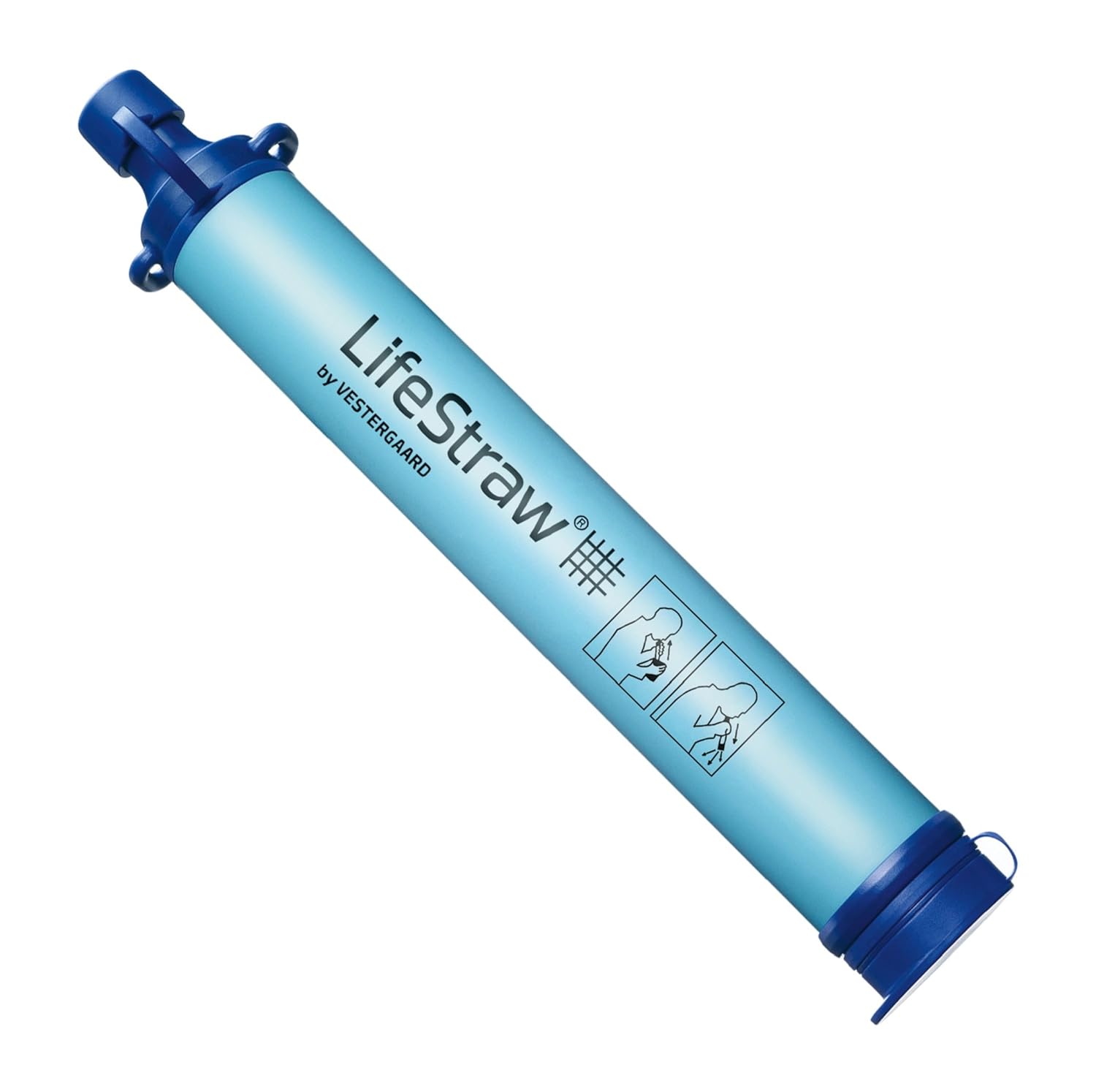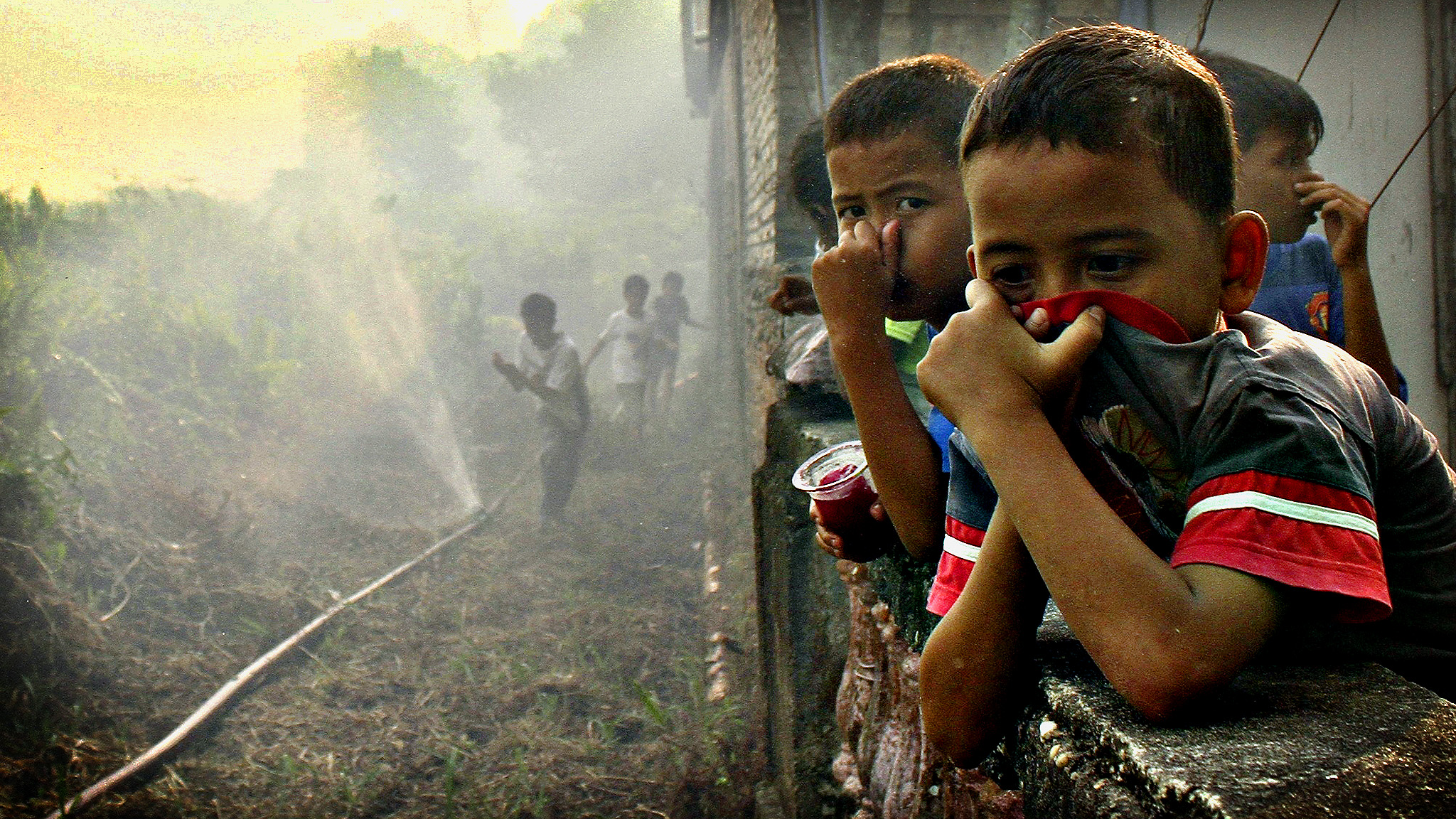Mountain streams may look pristine and pure, however from a chemical standpoint it may not be safe to drink. Water obtained from natural sources may contain particulate matter, bacteria, viruses, microorganisms and unsafe chemicals.
Boiling water is probably the most simple and effective method to purify water, but not the most widely practiced method used by hikers. This is because it requires building a fire or using a stove. It also leaves the water unpleasantly warm for immediate drinking. Boiling also does not remove any particulate matter suspended in the water or chemical contamination.
In terms of cost, boiling is the cheapest if boiled using a fire. However a stove requires fuel which needs to be replenished. Hikers generally already bring along a stove to cook food, hence little extra cost is incurred and this is probably the cheapest method.

Another method of purification is filtering. Water filters act by physically removing harmful content from the water. Water filters for backpacking typically have a pore size of 0.2-0.3 microns. This means that anything that is smaller than that will slip through the filter and end up in the drinking water. A pore size of 0.2-0.3 microns is small enough to remove microorganisms and bacteria. However, viruses are typically smaller than 0.1 micron and will not be removed.
Water filters on the market vary greatly in price, from as cheap as $30 to as much as $200, depending on the quality. However filters generally have a usage life or capacity, after which it needs to be replaced.


Municipal water is water that delivered to taps such as in our homes. Boiling water when hiking is similar to how we boil water at home before consumption.
2. Explain why desalination techniques, despite proven technological effectiveness are not used more widely to produce potable drinking water.
Since seawater is available in enormous quantities and readily accessible, it may seem intuitive to simply desalinate water to get potable water. However it is not a widely used method because of various challenges.
Firstly, desalination is an energy intensive process that requires sophisticated equipment. Hence, it is a costly process compared to other alternative methods of getting potable water, such is importing water from other places with existing potable water sources. Hence as long as less expensive options are available and capable of meeting demand, it is usually not used.
Also, desalination is done through reverse osmosis which uses pressure to force salty water through a semi-permeable membrane that keeps the salt on one side and allows pure water to pass through to the other side. This process creates a salty brine byproduct that must be safely managed to protect the environment. The brine remaining after drinking water production must be disposed of by deep well injection or by diluting the brine before returning it to the environment. Otherwise, the increased salinity can cause significant damage to marine life and plants that are adapted to lower salinity. As such, environmental concerns stops desalination from being a more widely used method.
Another consideration is the quantity of water than can be produced. For example, Singapore’s TuasSpring Desalination Plant is one of the region’s largest seawater reverse-osmosis plants only meets 15% of Singapore’s water needs. 
3. Water quality in a chemical engineering building on campus was continuously monitored because testing indicated water from drinking fountains in the building had dissolved lead levels above those established by NEA.
a. What is the likely major source of the lead in the drinking water?
The primary source for lead is most likely from the corrosion of piping used within the distribution system of water.
b. Do the research activities carried out in this chemistry building account for the elevated lead levels found in the drinking water? Explain.
It is unlikely that the research activities are responsible for the elevated lead levels. There are usually strict guidelines and rules for chemistry labs regarding the disposal of chemicals. Harmful chemicals should never be disposed down the drain are usually disposed appropriately. For example, some waste must be professionally incinerated or deposited in designated landfills, while other waste are neutralised before discharge.

4. Some vitamins are water-soluble, whereas others are fat-soluble. Would you expect either or both to be polar compounds? Explain.
Vitamins are classified as either fat soluble (vitamins A, D, E and K) or water soluble (vitamins B and C). The difference between them determines how each vitamin acts within the body.
Since “like dissolves like” the water soluble vitamins need to have similar polarity properties as water to dissolve. Since water molecules are polar due to the large difference in electronegativity between hydrogen and oxygen, it is a polar molecule. Hence water soluble vitamins have to be polar like water so that they can dissolve in water.
Whereas fatty acids generally consists of long carbon chains which are non-polar. Hence, fat-soluble vitamins are predominantly non-polar and so that they can dissolve in fatty tissues in the body. 








